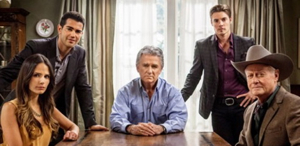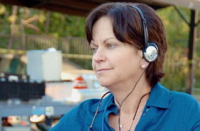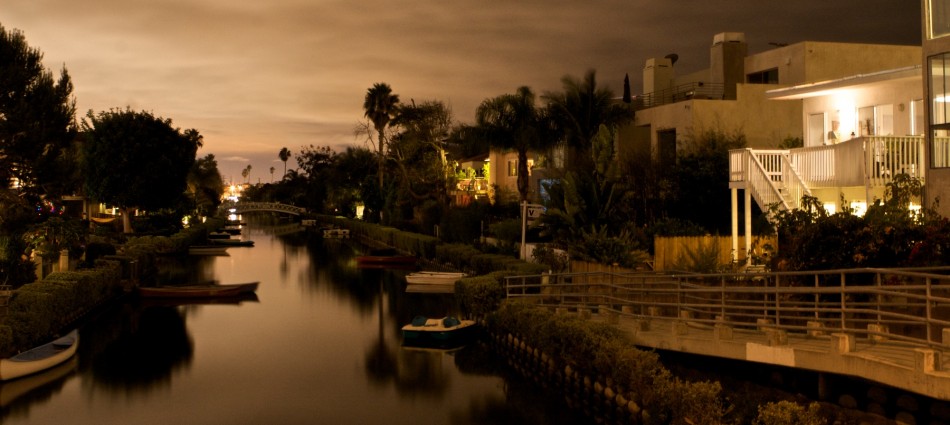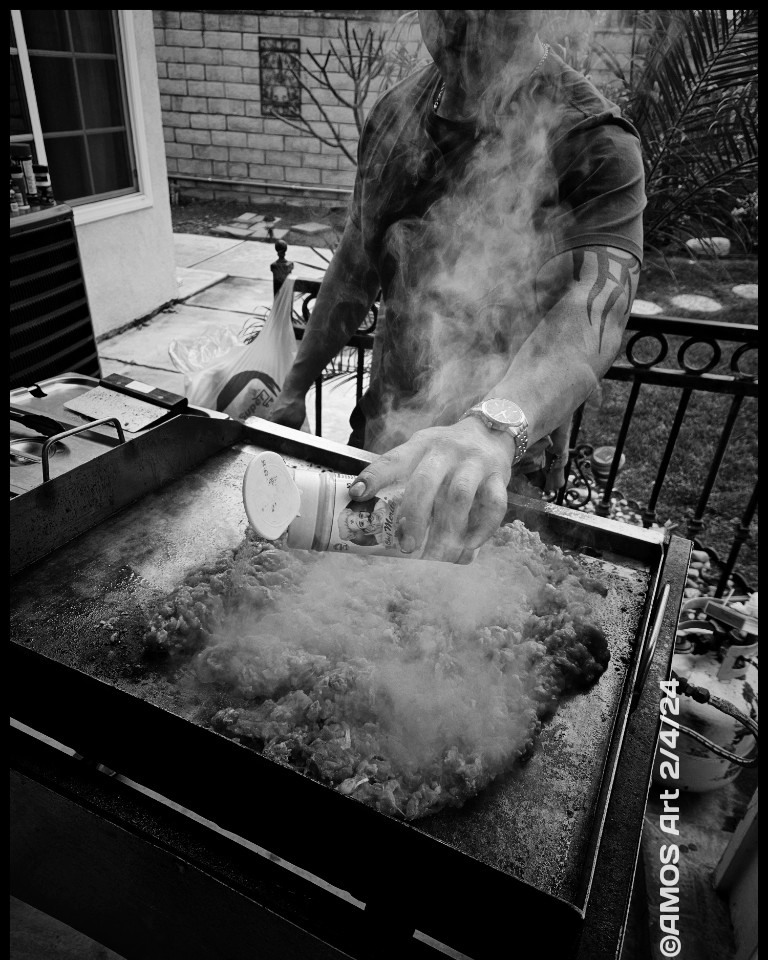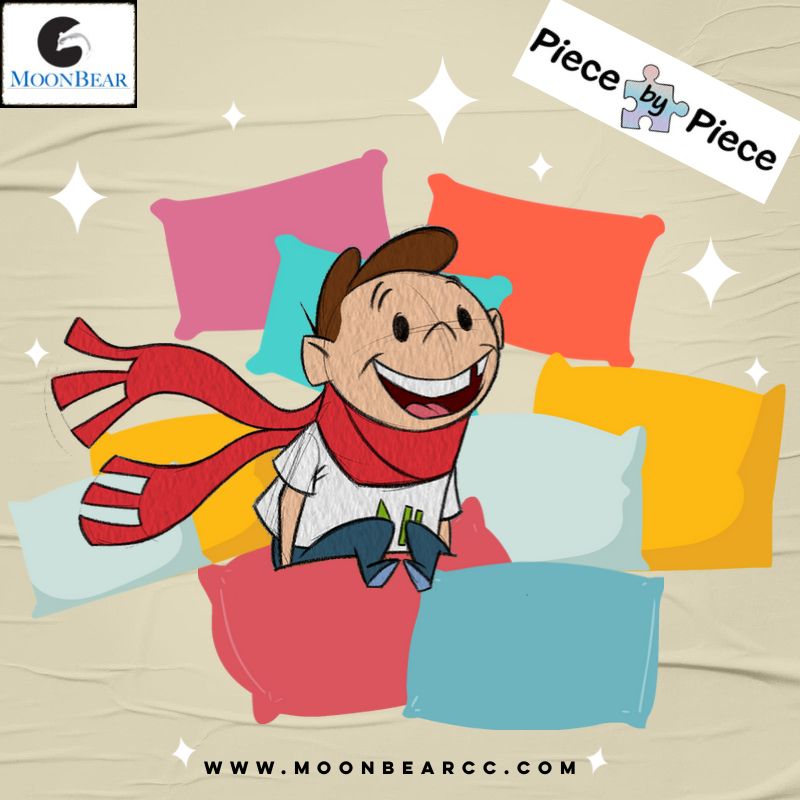The reboot of that venerable nighttime soap Dallas got a lot of publicity even before it premiered, and from the very beginning there was much concern. There was every reason that it should have been…well, bad. Almost all of the revivals of once-popular franchises, on TV or on the silver screen (Charlie’s Angels, Starsky & Hutch, The Avengers, The Munsters, Knight Rider, etc.) failed almost before they began–Hawaii Five-0 may be the only other exception–but Dallas, somehow, not only survived but thrived. Since its first episodes it has generated some of the highest ratings in cable history, ranking strongly with higher-profile shows like Mad Men and The Walking Dead. Though its second-season numbers did slip slightly, it still attracts 3 million viewers, give or take, each and every week–better than many network programs in this day and age.
From the Latino perspective, Dallas may be one of the most important TV series in years. It didn’t simply employ a few Latino actors like Jordana Brewster, Julie Gonzalo and Marlene Forte; it made them central to the ongoing plot(s) of the series, and frequently as Latino characters. It seems so obvious, it’s rather embarrassing in retrospect: the original series, like this one, was set in the city of Dallas, Texas and centered on families that had been there for generations…and yet, until the reincarnation came along, there were no Latinos in the mix at all. The contrast was startling: where the “maid” in the first series had barely been a walk-on, the housekeeper in the new version was a household force to be reckoned with, and her daughter was a major player–not to mention the lover of one of the stars of the show. Other characters–again, playing Latino roles– showed up throughout the season, including Leonora Valera, Alex Fernandez and Castulo Guerra. And in each case they were a natural–in fact, inevitable–part of the landscape.
Latinos in the new Dallas are not guest stars; they are not stereotypes or comic relief. In fact, their ethnicity is often almost incidental, as it should be: they are people–sometimes powerful, sometimes petty, passionate and manipulative and evil and good. Instead, and most important, the characters–like Anglos, African Americans, Asians and others–are a permanent obvious, fascinating part of the landscape–just as Latinos in all their diversity are part of ‘normal’ American life.
We undoubtedly owe all of this–and much more–to Cynthia Cidre, the “show runner” for the new Dallas, a writer and producer of Cuban descent who made the decision from the outset to include Latino characters and culture in the show. Cidre created the new approach and the new characters; her name appears as co-writer on all 23 of the first and second-season episodes. And her work was so well-received throughout the season that the show has already been renewed for a third season, complete with new twists, turns, and machinations.
Certainly, the death of Larry Hagman in the middle of the season brought uncomfortable attention to the show, but Cidre handled it with grace and empathy, bringing Hagman’s career and J.R.’s “life” to an end in a most appropriate way–and yes, we will learn in the final episode of this season who shot and killed him this time around.
The season ends with a two-hour helping, beginning at 8P on TNT Monday night. And if you miss it Monday night, you can see it again two hours later at midnight, on Friday night at 12:15 a.m., or Saturday midday at 11A. And TNT has confirmed that it will be back for a third season in the fall.
Clearly, the good times are just beginning.

